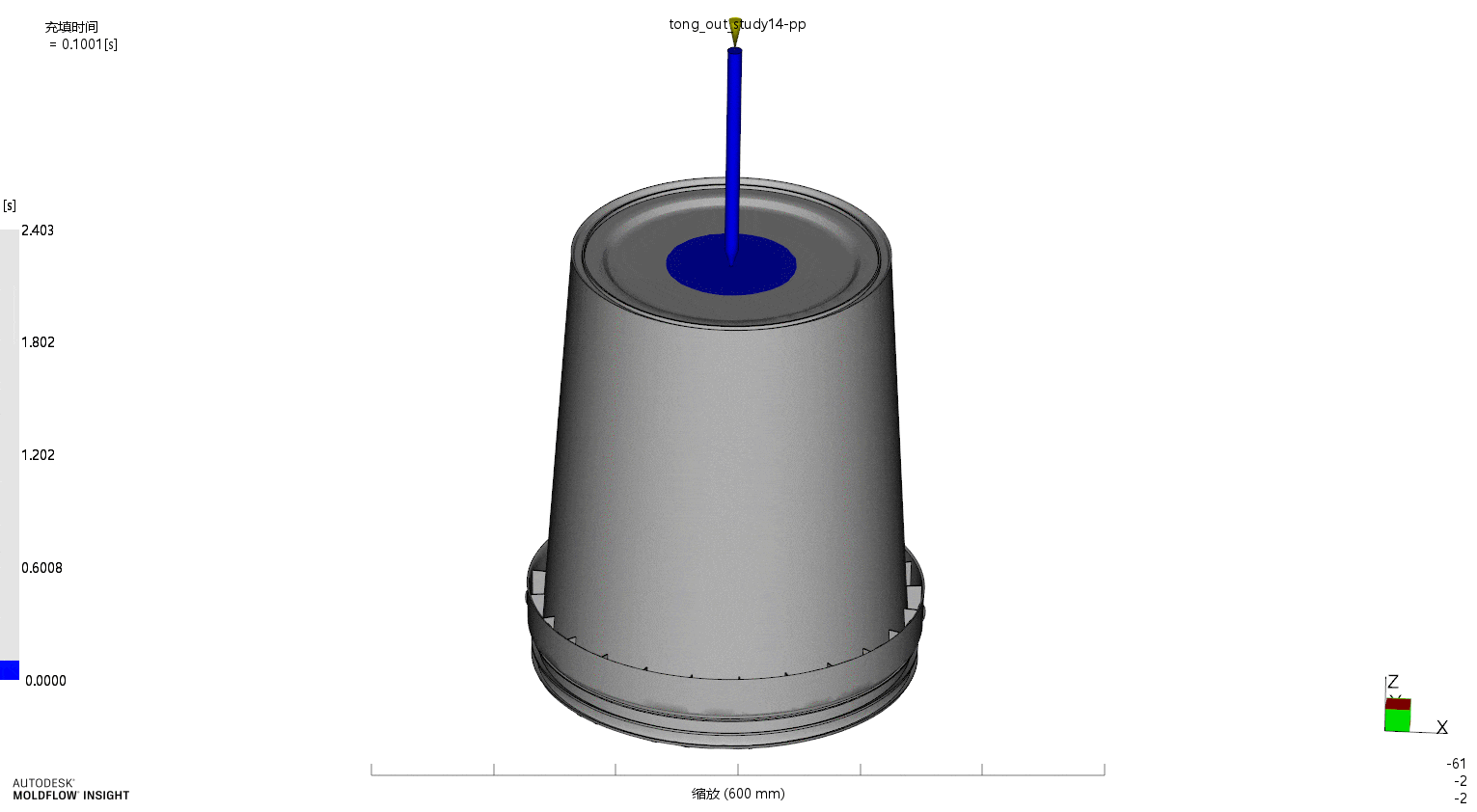


Paint bucket molds face multiple technical challenges during manufacturing, including thin-walled high precision, the conflict between high-speed production and cooling, and compatibility with IML. This Blog systematically analyses these difficulties and their innovative solutions, assisting industry clients in achieving efficient, high-quality, and stable paint bucket production.
Problem:
Non-uniform wall thickness causes eccentricity and sink marks; 20L thin-wall paint bucket (weight <650g) are prone to deformation.
Solutions:
Utilize high-precision machining equipment (accuracy ±0.01mm) to ensure mold dimensions.
Mold Steel: P20/718H base + Beryllium copper inserts (rim/bottom).
Cooling Bar Technology (Industry Pioneer): Only 6mm from cavity surface, reducing production cycle by 30%.
Problem:Cooling time accounts for 80% of the cycle; traditional mould cycle >30 seconds.
Innovative Solutions:
Sandwich Cooling System:
Bottom insert: Beryllium copper material for accelerated heat dissipation.
Rib positions at the rim: Independent circulating water channel groups.
Slant ribs on sliders: Insert structure + circulating water channels.
Result:20L paint bucket production cycle compressed to 14.8 seconds (standard wall thickness).

Challenge:The label position interferes with the gate, resulting in a weld line.
Key Technologies:
Gating System: Valve-gated hot runner system (ANOLE System).
No gate vestige, reduces cavity pressure.
Adapts to full-wrap labelling for round and square paint buckets.
Robot: European standard 12/67 signal port direct connection, supports top or side feed selection.
Selection of mold steel.
Product structure is suitable for IML.
Multi-cavity molds require consideration of arrangement (Centre distance and orientation).
The positioning of the film affects the design of the adhesive application points.

Height:Engine oil buckets: 1.5-3 meters (Standard buckets: 1.2 meters).
Angles:45°/90° angles + Suspension drop.
Pass Criteria:
Bucket body no rupture (minor scratches allowed).
Lid zero displacement.
No leakage after tumbling.
Stacking Test:Stack 3 layers filled with liquid (≥72 hours).
Compression Test:Press down with a compression tester until 10% deformation.
Key Data:20L bucket load-bearing capacity ≥ 200kg.
To successfully make paint bucket molds, it is important to control key technologies. These include thin-wall precision, cooling efficiency and IML compatibility. It is also important to do rigorous sealing and strength testing. Clients should choose suppliers offering high-precision machining, innovative cooling systems and mature IML solutions. This will ensure products maintain exceptional quality and stability during high-speed production.